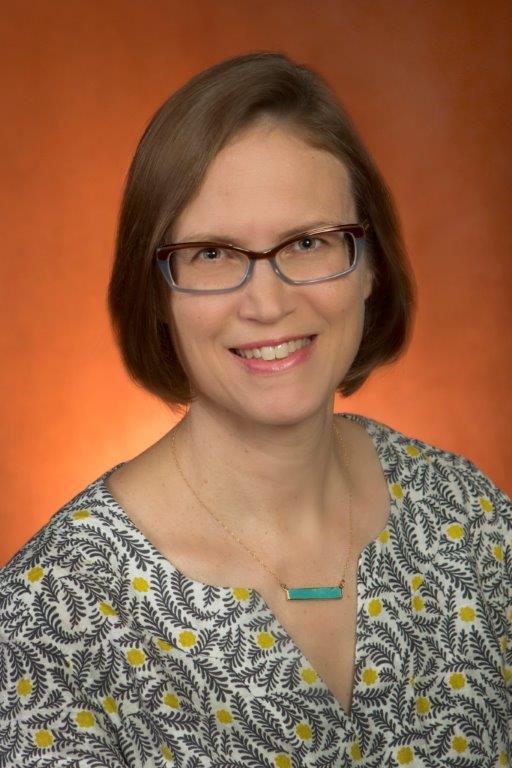Our population is aging, with birthday celebrations for those reaching their 80s, 90s, and even beyond now commonplace. We applaud those reaching these longevity milestones and marvel at the medical and public health advances propelling these feats. These patterns might suggest that we would also be witnessing a greater acceptance of older adults, decline in their mistreatment, and more positive views of later life. After all, we are increasingly likely to know an older person (if only in our family) and anticipate reaching this life stage ourselves. But contrary to these predictions, ageism targeting adults in later life – and even those decades younger – remains curiously persistent.
Evidence of ageism pervades our culture, with messages from various sources telling us quite plainly that later life is a stage marked by losses (social, physical, and cognitive), so we are best advised to delay as long as possible applying the “old” label to ourselves or having it applied by others. We hear this message in not only the explicitly ageist (but not uncommon) terms like “greedy geezer” and “hag” but also the seemingly harmless ones like “little old lady, “senior moment,” and “silver tsunami.” We even hear it in intended compliments like “You look good for your age,” “She’s a feisty old lady,” or “You’re 90 years young.” The message is echoed in TV and in films, in characters like addlebrained Grandpa Simpson – as well as the invisibility of older adults, especially women, on the “silver” screen. We even see it in drugstores – on aisles lined with anti-aging creams in boxes featuring young faces (usually 30-something and nearly always white) and the greeting card aisles filled with birthday cards urging us to tease our friends and family that they are “over the hill” – the best is behind them and it’s all downhill from here.
We might be tempted – either as younger people or older people not yet slotted into this devalued status (or even those of us within it) – to dismiss these messages or discount their impact, perhaps because ageism somehow seems less harmful than other “isms” like racism and sexism or less problematic as an “equal opportunity inequality” that we all could face someday.
I’d argue we should care about ageism, and work to reduce it, for a host of reasons. First, there’s the moral imperative to treat people fairly – it’s simply the right thing to do. Second, there’s the obvious self-interested reason – we’ll all get there, if we’re lucky. A third reason is found in the numerous studies documenting ageism’s negative effects on our health and economic well-being. The economic consequences are suggested by a recent AARP survey of adults 45 to 74, revealing that nearly two-thirds reported seeing or experiencing age discrimination in the workplace. Consistent with this finding, a sizable portion of discrimination charges received by the Equal Employment Opportunity Commission – more than one in five – are based on age.
But ageism erodes not only our earnings but also our health. Holding more negative views of aging has been linked with worse health, including lower self-esteem, higher risk of depression, less frequent exercise, slower recovery from illness, lower will to live, worse performance on tests of their physical functioning – and even shorter lives. Ageism also stunts our social networks. It signals that age is a marker of critical differences between us, thus discouraging the development of meaningful social relationships with people of a different age group than our own.
Ageism’s negative effects extend to the societal-level. When older adults are pushed out of the labor force, productivity declines. And if we think of productivity as more than just paid work, they also are discouraged from all sorts of unpaid activities. In short, it prevents us from maximizing the opportunities presented by our aging society. Further, ageism hinders the development of humane long-term care solutions. Ageism makes issues of later life, especially deep old age, unpopular to discuss. We’re willing to talk about earlier stages of later life – when people tend to be fairly active, much like they were in midlife – but less eager to discuss (as individuals or a society) the 80s, 90s and beyond when care needs tend to arise. Among ageism’s most significant social consequences is its pitting of the young against the old – the two most vulnerable age segments of our population. This strategy deflects our attention from the deep economic divide that profoundly shapes how our entire lives unfold.
 Anne Barrett is the Director of the Pepper Institute on Aging and Public Policy and a Professor of Sociology. Listen to Dr. Barrett’s Policy Pub on aging here.
Anne Barrett is the Director of the Pepper Institute on Aging and Public Policy and a Professor of Sociology. Listen to Dr. Barrett’s Policy Pub on aging here.
The Featured image is from the Odyssey website.
